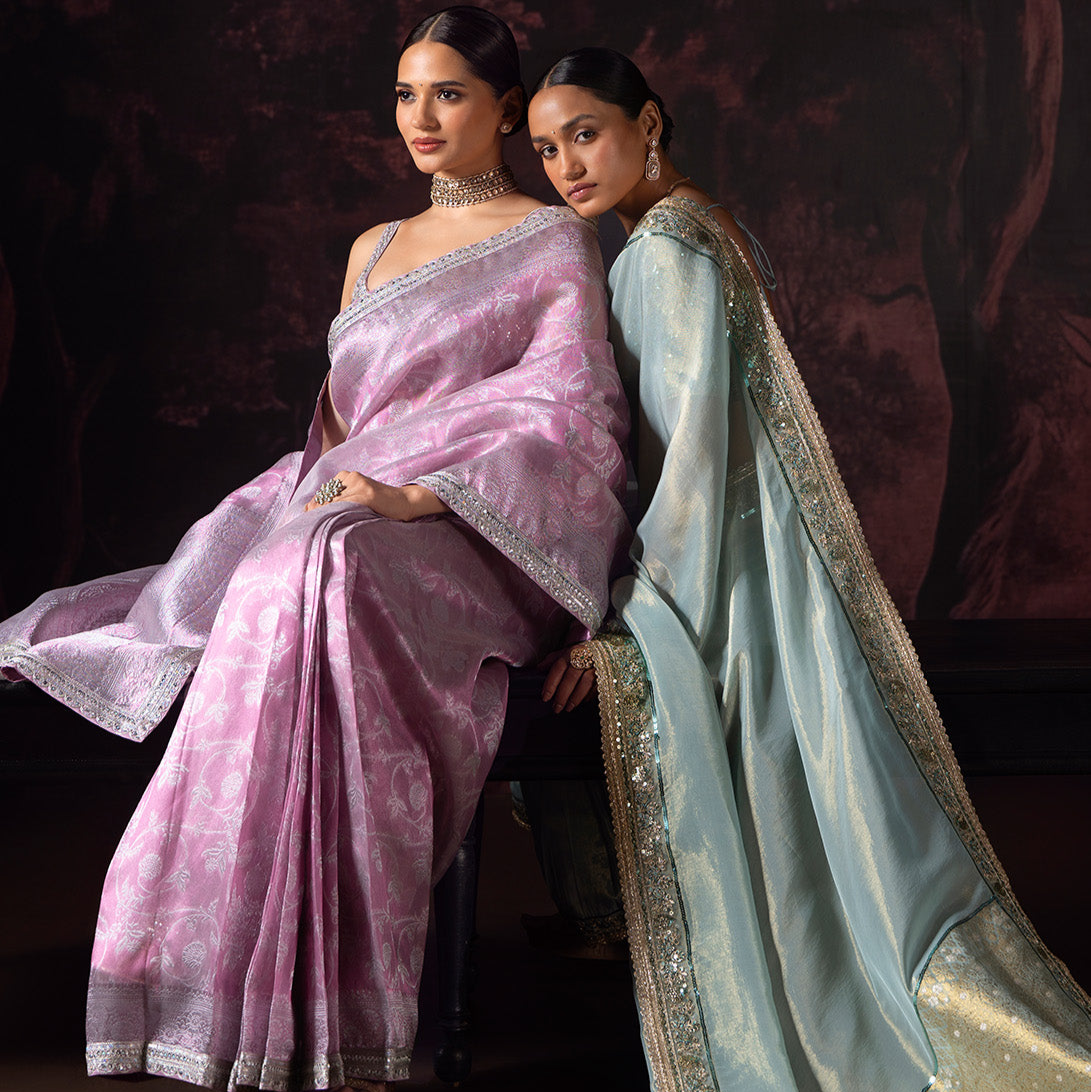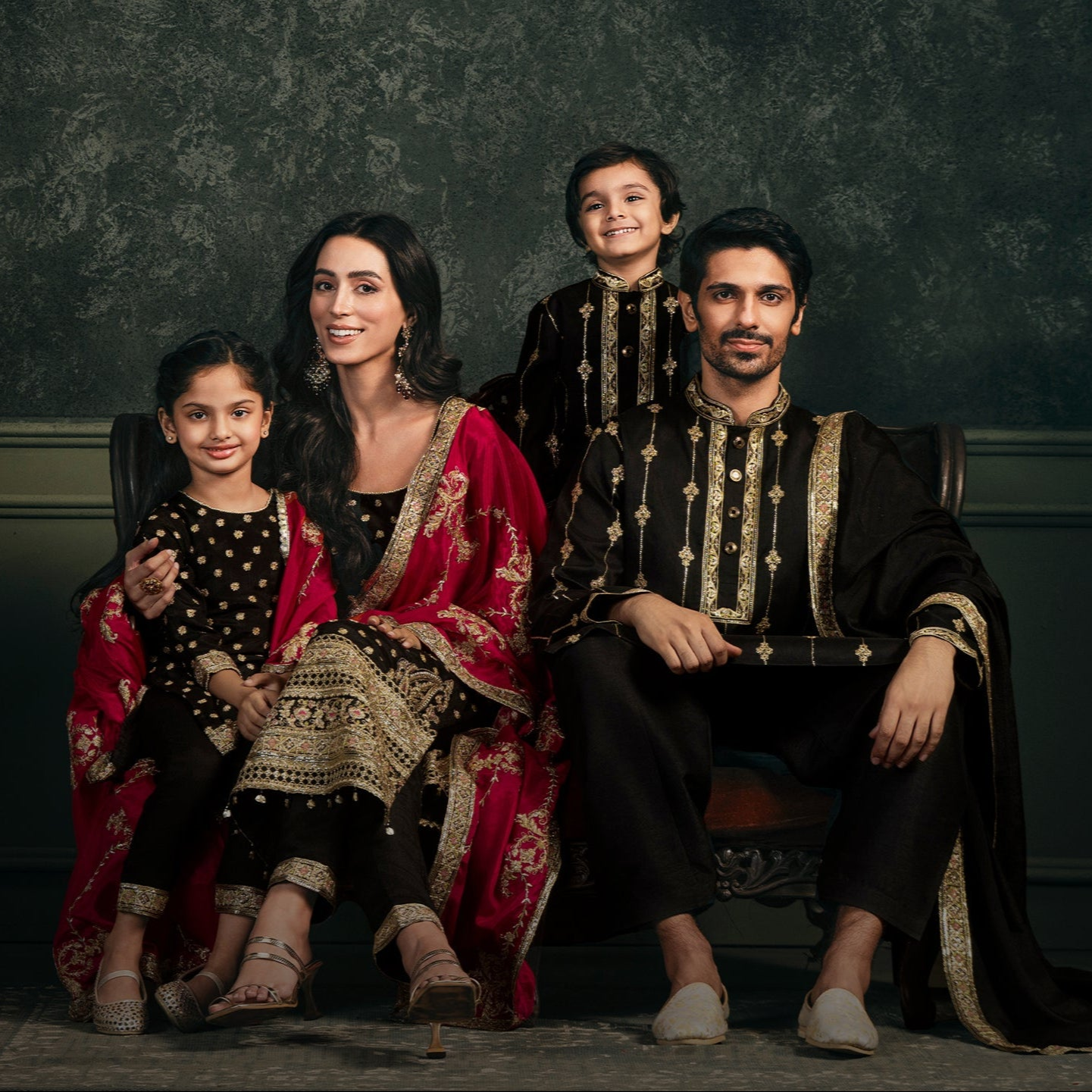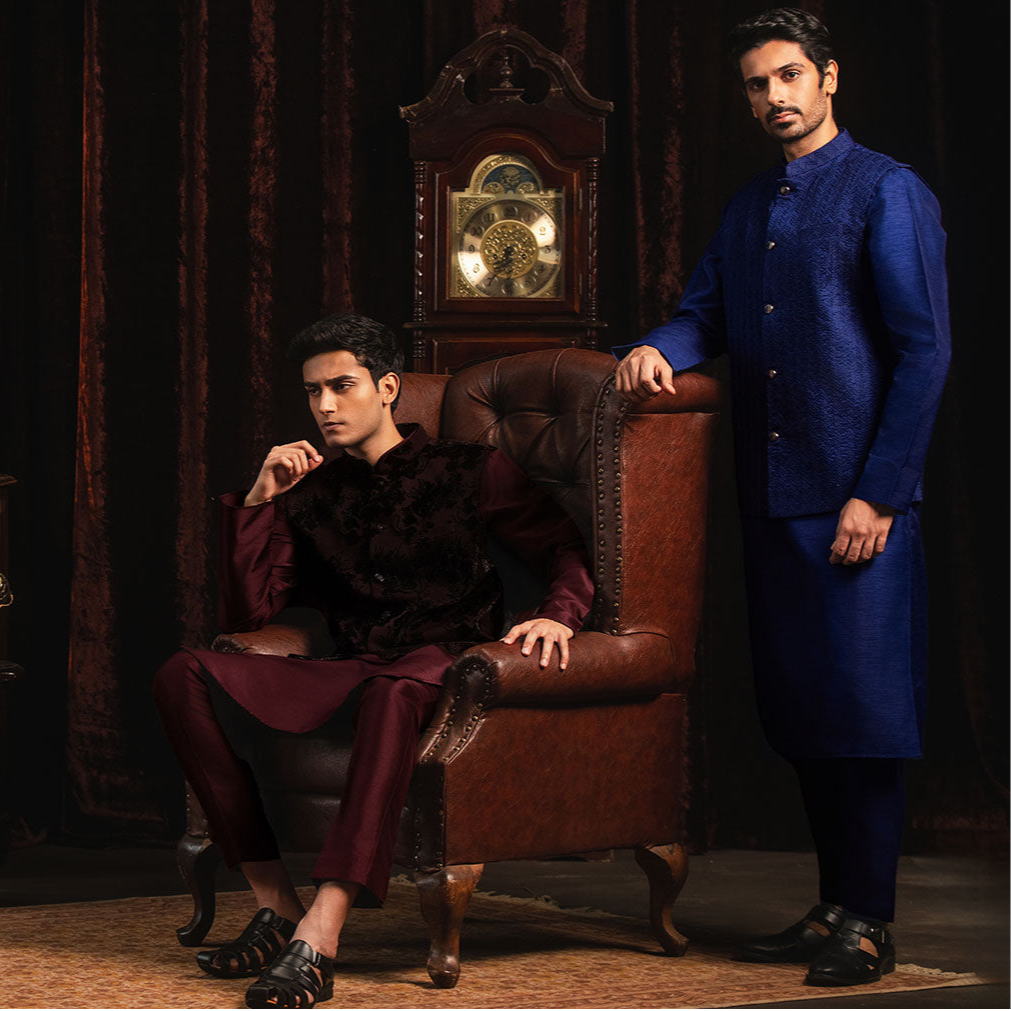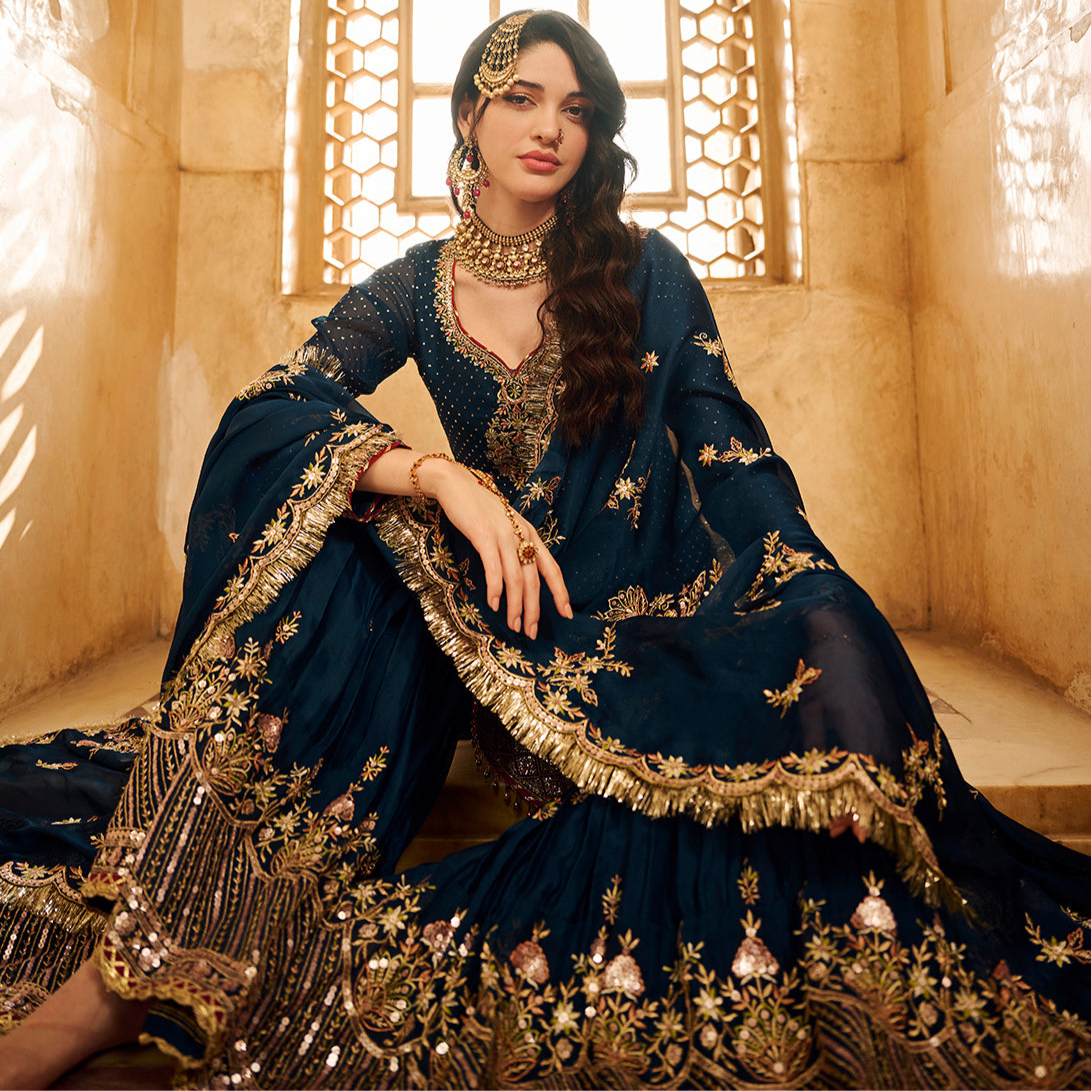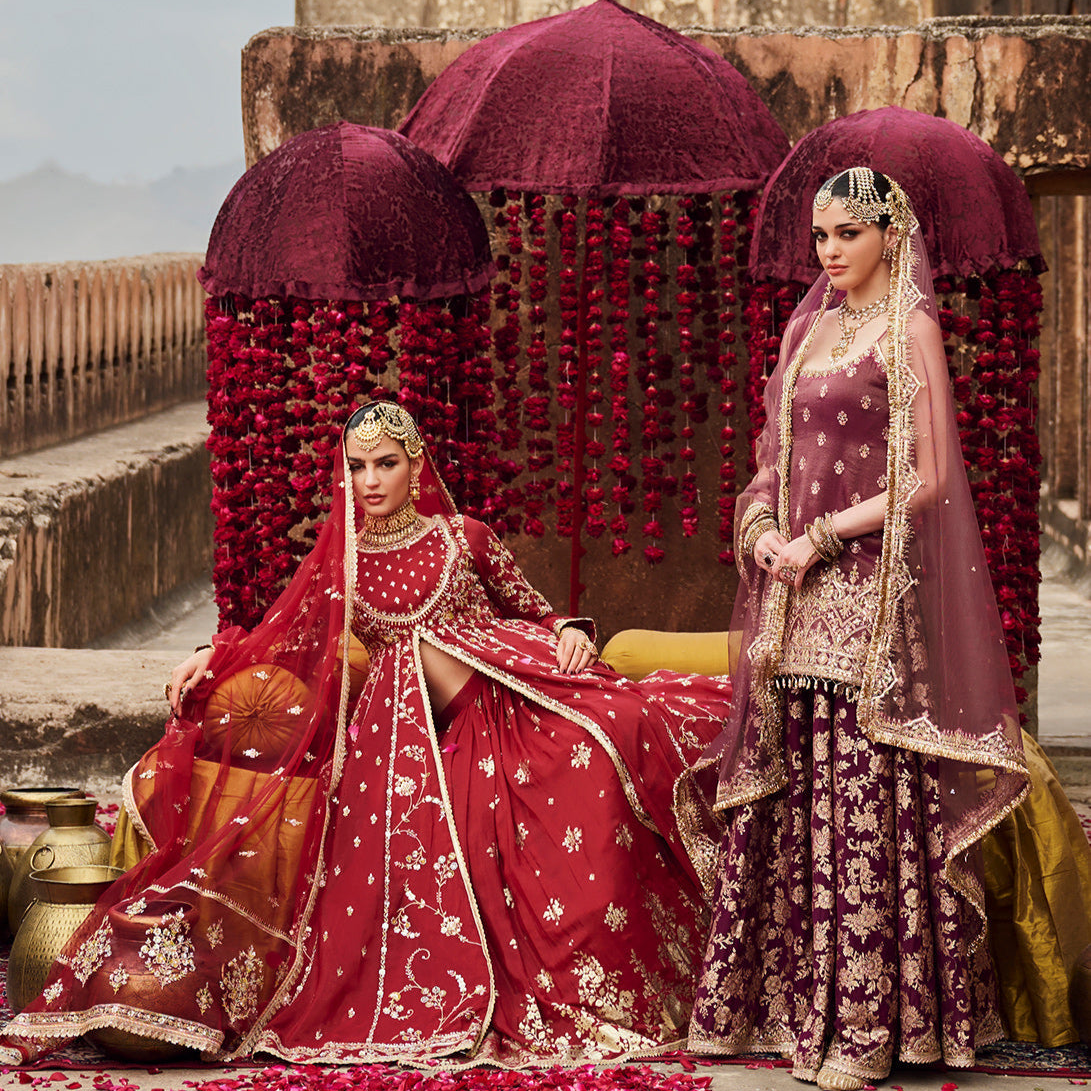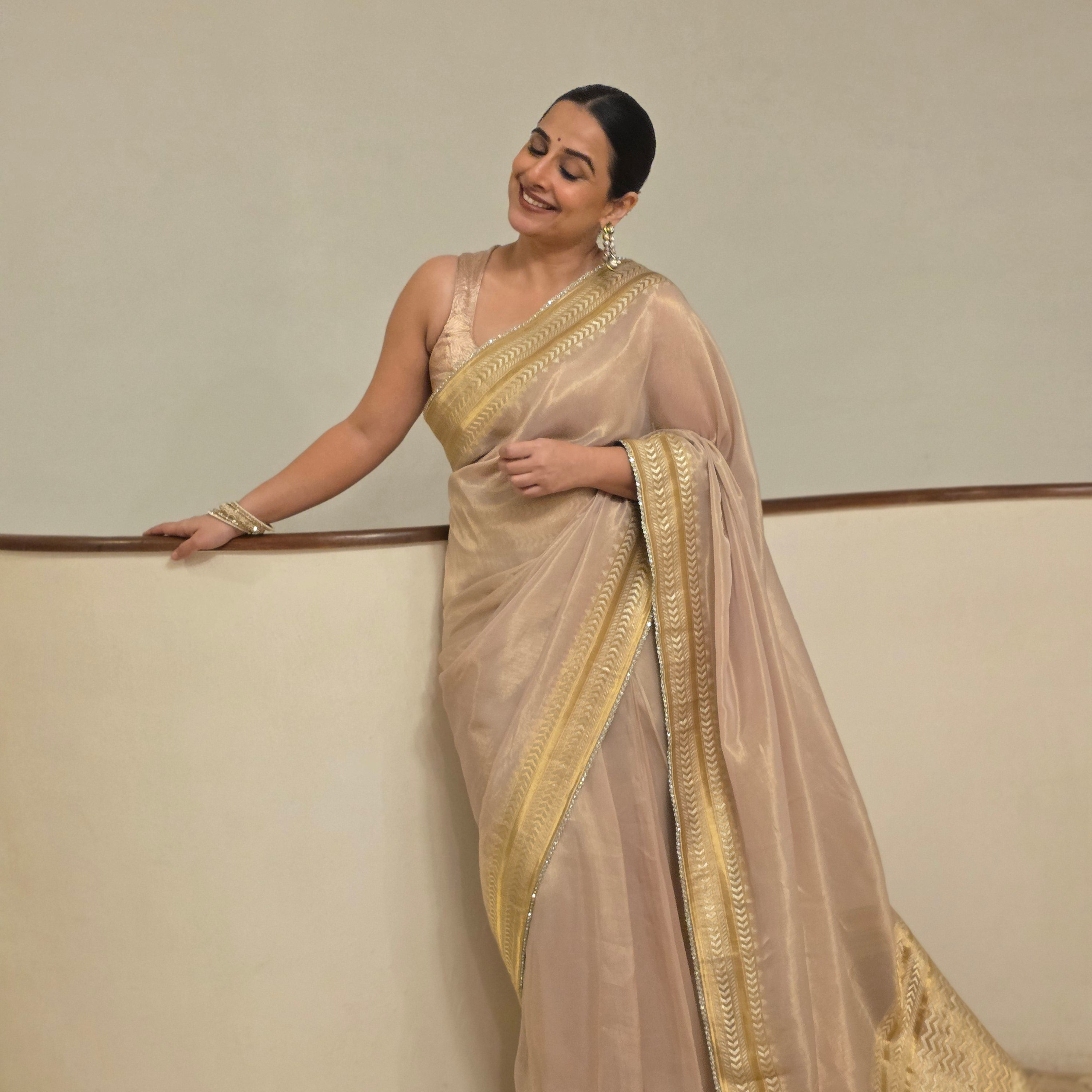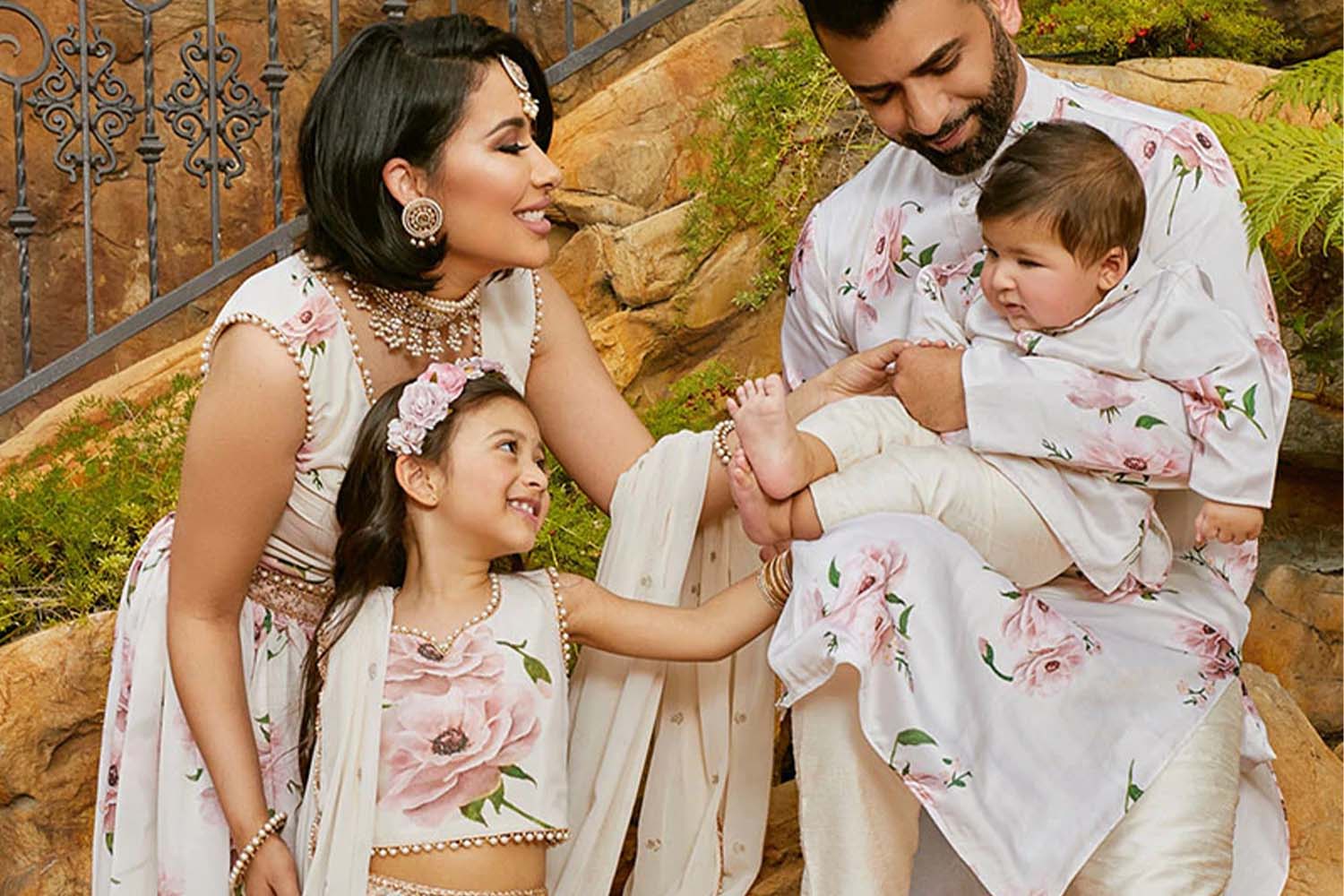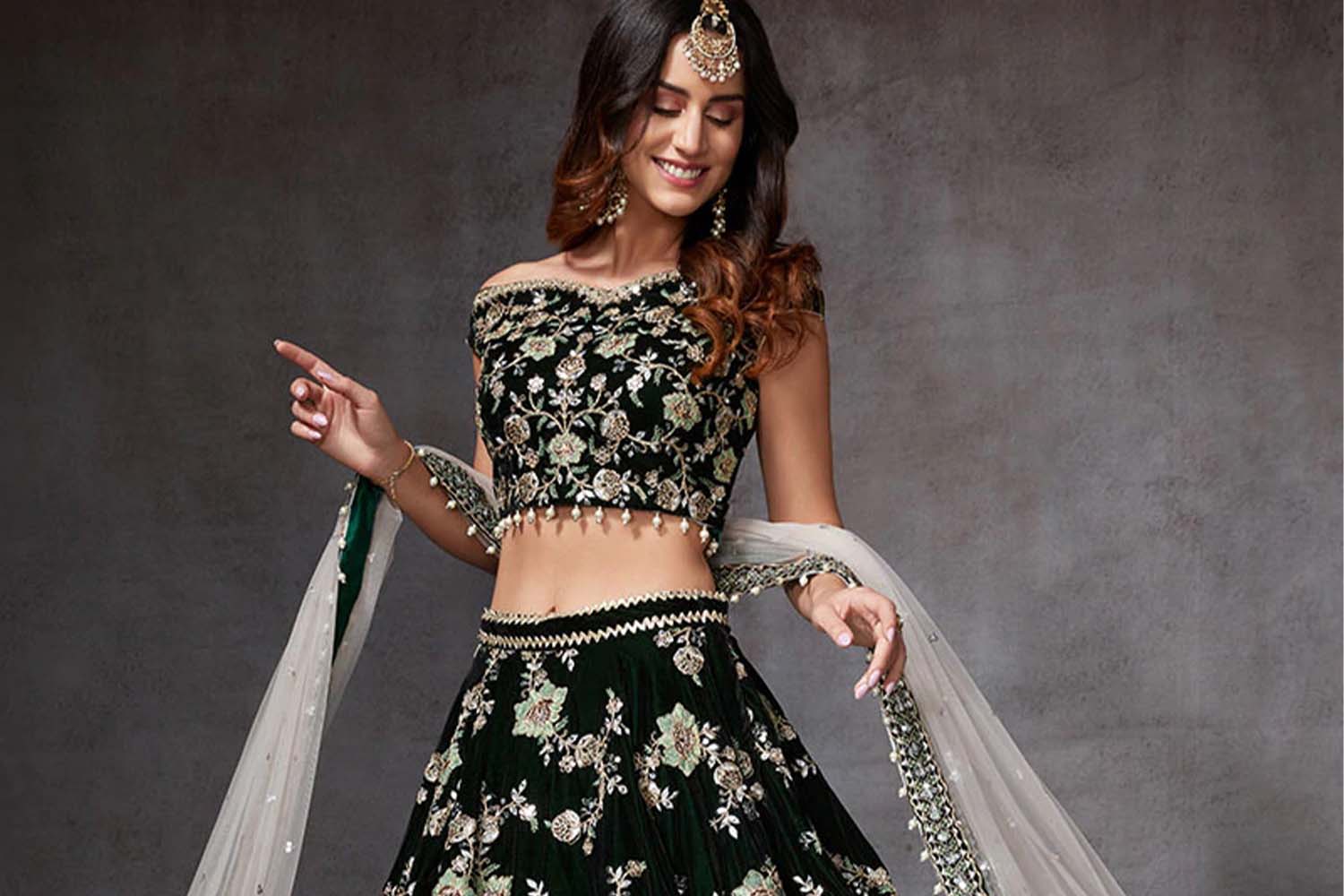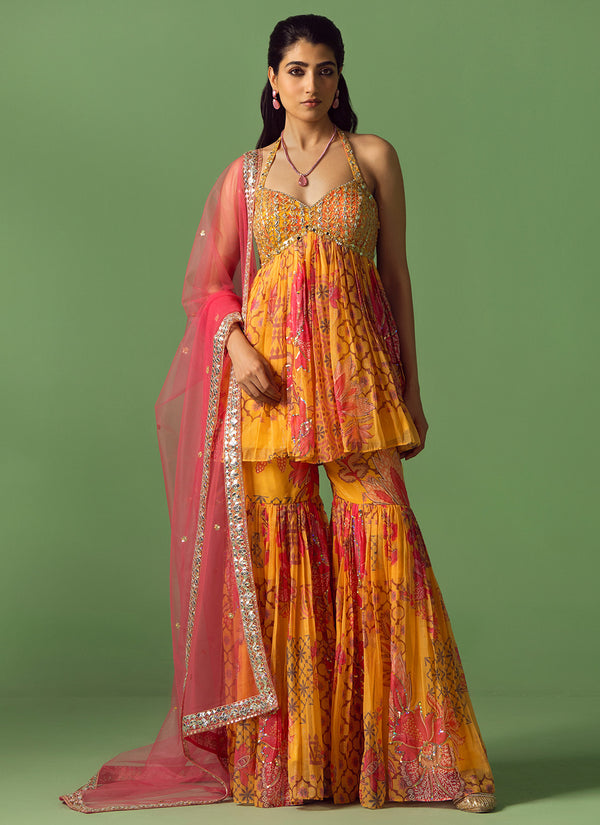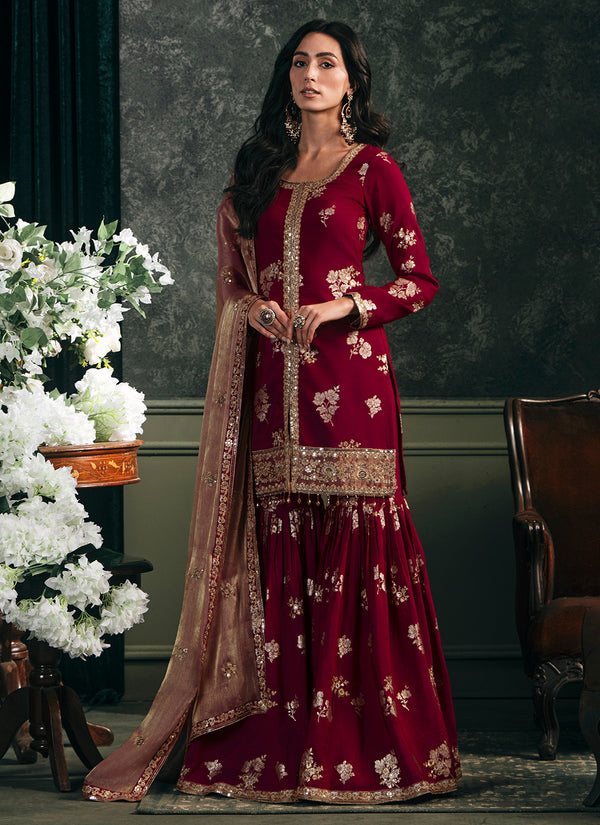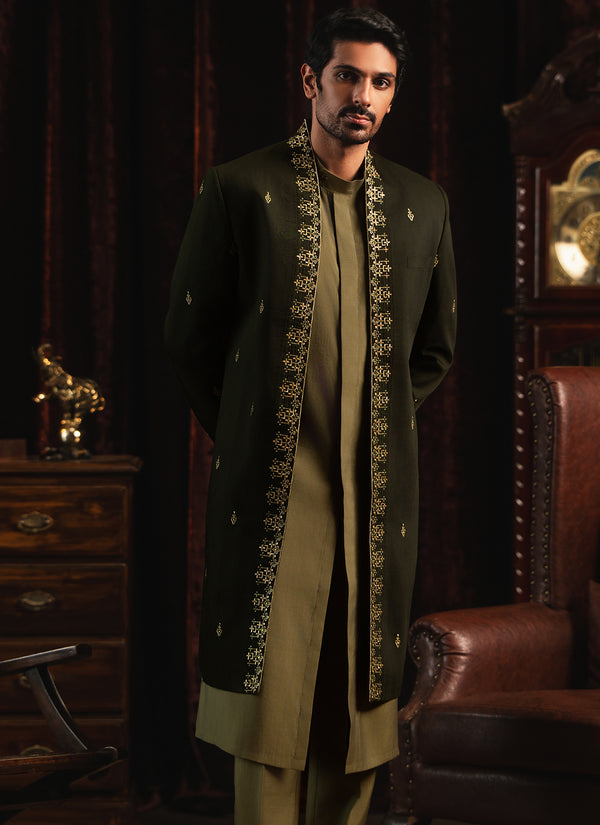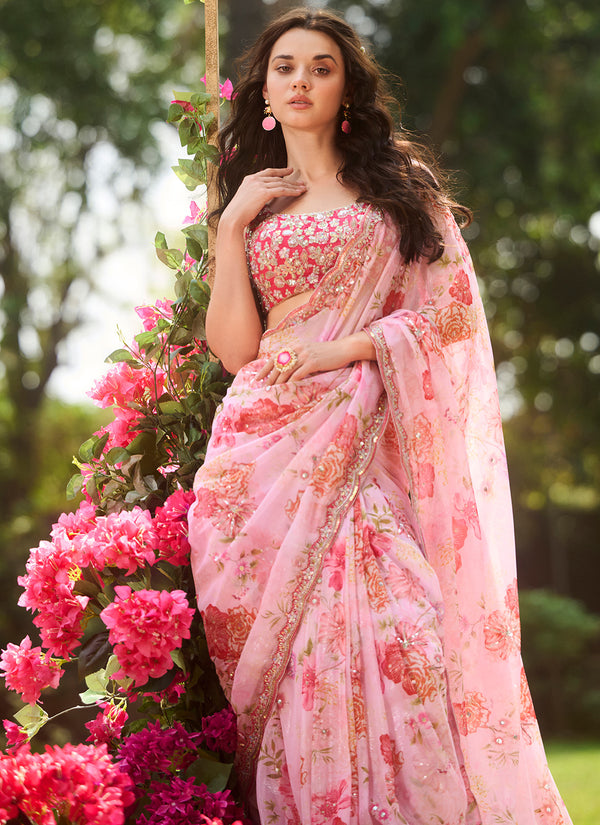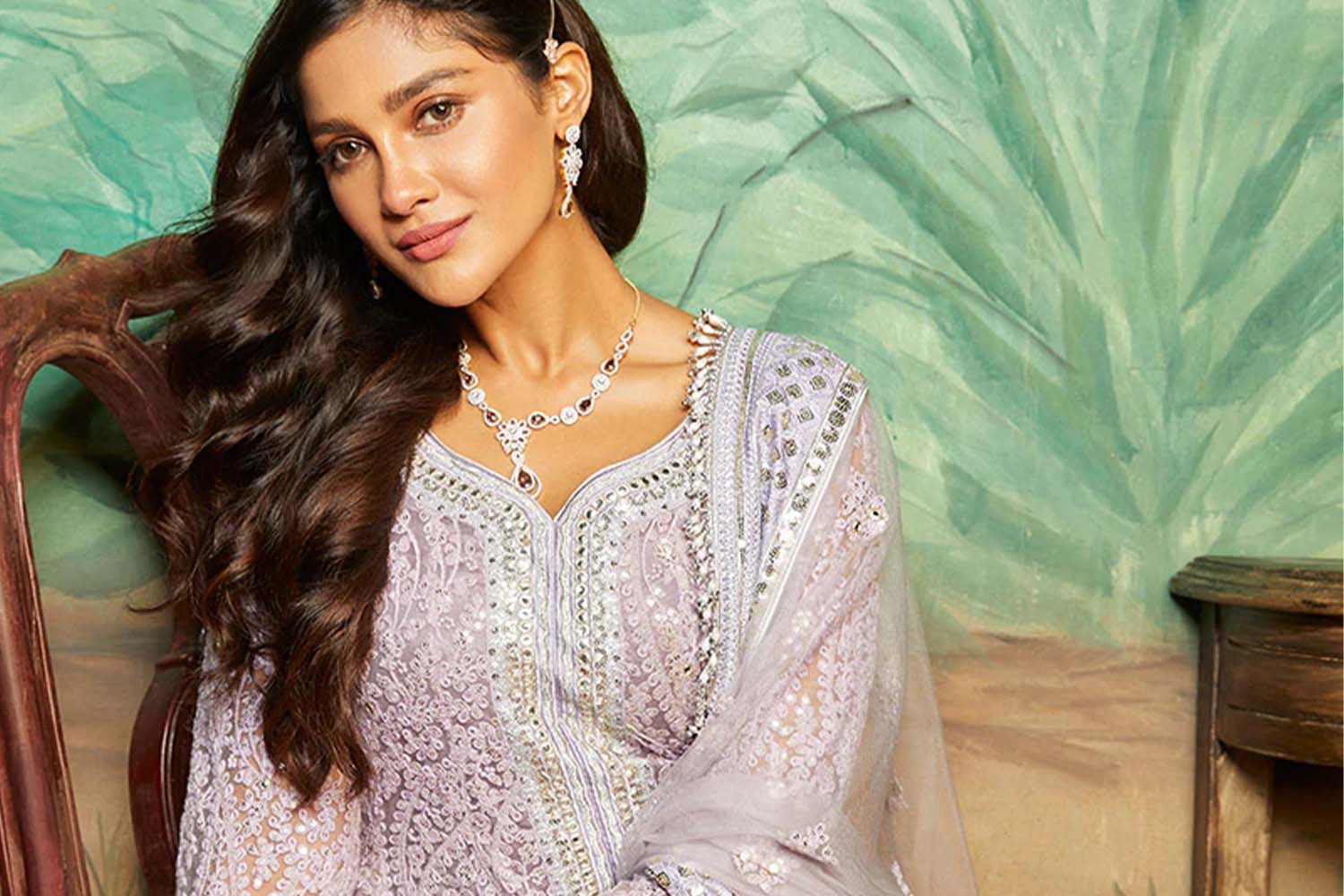
Ramadan Attire: Men vs. Women
For Muslims across the world, Ramadan is one of the most spiritually and physically moving months of the year. Daily prayer, fasting, and contemplation are broken up by pre-dawn and twilight meals. Regardless of changing scriptural observances, observing Ramadan is non-negotiable for most devout Muslims — it’s the fourth of the five pillars of Islam.
The holiday provides an opportunity for spiritual growth and greater connection, regardless of one's devotion or immediate community. Ramadan connects people through shared fasting practices and giving “zakat,” to help the less fortunate. Devout believers use this month as a chance to enhance their religious studies and practices. Lapsed or lax Muslims also enjoy this holiday as a way to connect through millennia-old practices.
Ramadan is all about commitment and intentionally, and like with all things, dressing for success can help! Ramadan attire comes in many forms, depending on how closely you follow traditional apparel. Men and women will have slightly different needs to consider when picking the perfect outfit for Ramadan.
Lashkaraa believes that traditions have aesthetic beauty and true power. Traditions are the touchstone that binds us together across generations through religious, cultural, and beauty artifacts.
Traditional clothing, just like modern styles, can be chic, stylish, and totally unique. Below, we will be exploring how to dress for Ramadan and recommending the best outfits to celebrate.
What To Look For in Ramadan Apparel
Though many parts of the observation are explicitly stated, there are no strict guidelines for what one should wear during Ramadan. There are still general suggestions that can provide a helpful guidepost for looking your best and, equally important, staying comfortable.
For example, you might find it helpful to:
- Dress for Comfort: A day filled with fasting and prayer demands comfortable garments from head to toe. Clothing that’s just slightly uncomfortable will become more and more irritating as the day goes on. This can really distract you from the purpose of the holiday and sour the whole experience.
- Well-shaped garments can be equal parts comfortable and eye-catching. They should drape luxuriously — neither too tight nor too loose. Fortunately, many traditional garments' light or mid-weight fabrics and styles fit this category splendidly.
- Dress Conservatively: Ramadan is a time to emphasize one’s inward life. For this reason, modest clothing is the go-to, as with many formal ceremonies. Though full-body coverage is not explicitly necessary, coverage of the neckline and legs down to the knees fulfills this section.
-
Think About Iftar: The post-fast meal of every day is a time for enjoyment, and we all look forward to the upcoming Eid al-Fitr. Eid al-Fitr is a celebration that calls for new clothes!
- But if this isn’t possible, you can subtly accent your daily clothes. For women, adding jewelry or scarves can achieve this differentiation. For men, vests and jackets can also create a similar look.
- Look for Tradition: The first Ramadan was observed in 624 CE, making this observance just shy of 1400 years old. Embracing traditional apparel can help connect you to the roots of Islamic religious traditions.
What To Avoid: For Men and Women
Just because no strict scriptures exist prescribing special clothing for Ramadan doesn’t mean that there aren’t guidelines to help you out! We’ve got that info below!
Consider the below, taken from general tradition:
- Color: Some texts specifically forbid wearing the color yellow for men, though women have no such restriction. This is not always followed, but it might be nice for people to keep in mind. Otherwise, no color restrictions exist. This single restriction, however, has implications for jewelry.
- Jewelry: Most men wear little jewelry, and when they do, it is usually in the form of a watch or ring. Muslim men are forbidden by scripture to wear gold (and white gold) but are allowed to wear platinum. Women have no such restrictions and can accessorize freely to create a stunning ensemble.
- Skin-Baring Outfits: All are generally expected to remain covered when observing.
The “to-avoid” list for Ramadan is comparatively short. It should be fairly easy to follow these guidelines to create your new favorite look that balances comfort and style. Now that we’ve reviewed the fundamentals, we are finally ready to examine attire for men and women.
Let’s discuss:
What Should Women Wear During Ramadan?
For women, long Indian dresses and pants are the order of the day. Both these stylistic choices provide the wearer with fashionable and functional apparel that marks off every checkbox they need.
Women’s Ramadan Attire: Try the Palazzo Suit
With no formal dress requirements, it’s possible to wear anything along the spectrum of contemporary and classical clothing for Ramadan.
For those seeking cultural clothing that is effortlessly chic, we present the Dusty Purple Thread Embroidered Palazzo Suit. The gentle purple coloration makes it easy to pair your favorite accessories for a look that is powerfully yours.
The purple-and-gold embroidery of the net base provides a subtle weight, creating the drape of the suit. Elsewhere, an elaborate paisley motif runs throughout the entire garment. The modest neckline of the dress is just low enough to create a perfect window for a necklace.
A pair of satoon pants and a tulle dupatta are both included to create a unified suit. You can use this to style the piece in countless ways, even before you begin adding accessories. The bright, festive nature of the garment makes it appropriate for Ramadan and any other celebration.
Women’s Footwear for Ramadan
The hem of the pants breaks right at the bridge of the foot, making this the perfect garment to pair with flats or heels. Wear your favorite flats or sandals during the day, then switch to a stiletto or chunky heel in the evening.
Wearing heels while not being able to eat all day is not a great combination for balanced walking (and may distract from the spiritual aspect). At night, eating while coming together with friends is the perfect time to style yourself decadently with your favorite pair of shoes.
What Should Men Wear During Ramadan?
Ramadan occurs during springtime. In the Middle East, springtime brings warm, sunny weather that’s neither too hot nor too cold. However, people celebrate Ramadan all over the world! Weather in countries like Canada and the UK can be chilly or even rainy — so layering is key.
Men’s Ramadan Attire: The Kurta Pajama
Need some inspiration? Consider a kurta pajama, which makes layering easy and enjoyable.
For example, we love the Lavender and Off White Kurta Pajama Set. The light, joyful lavender is the centerpiece of the garment, accented by a gently contrasting neckline. The ban-shaped neck features off-white floral embroidery. This delicate balance makes for an article at once humble and eye-catching.
The kurta is made from Dhupioni silk, known for its slight weight and sheen. This Kurta set also comes with a pair of white cotton trousers. This is assembled and hand-checked in India to ensure the best materials, best creation practices, and best apparel.
The kurta pajama creates the perfect means to dress with a conscious nod to your heritage. An elaborately decorated one such as in the set above can easily be worn on its own. Any kurta can simply be layered with a vest or jacket to create a more complex, multilayered look.
Men’s Footwear for Ramadan
Comfortable footwear is essential for Ramadan, though your specific choice is up to personal interpretation. Avoid boots and other heavy shoes that may prove uncomfortable over the course of a day.
Consider a pair of jutti, if you want to have completely Indian-influenced fashion to inspire your Ramadan wardrobe. For a more Westernized approach, a pair of loafers or oxfords can be practical and fashionable. You can also pair them with a bold, contrasting sock to complete your outfit.
What Colors Are Best To Wear During Ramadan?
We have highlighted purple offerings for both women's and men’s attire, and have done so with deliberate purpose. Though there are few colors to actively avoid, color plays a crucial role in Islamic texts. For example, green is one of the colors most frequently associated with the prophet Muhammad.
Purple is the color associated with spirituality. The richness of its hues has seen it elsewhere associated with scholarship, royalty, and mystery. Its spiritual connotations make it the perfect symbolic color to add to your wardrobe.
After Ramadan
Once Ramadan is over, it’s time to begin Eid al-Fitr. It’s time to eat, laugh, and celebrate with your loved ones. Many of these featured garments can still be worn for Eid, with a new degree of accessorizing bringing out new boldness.
Ramadan may challenge worshippers but ends with an equally traditional celebration that nourishes the stomach and the soul.
Sources:
How Prophet Muhammad and His Companions Experienced the First Ramadan I TRT World
Why is the Color Green So Important in the Muslim World? I Slate
What do Muslims believe and do? Understanding the 5 pillars of Islam | The Conversation
Eid al-Fitr | Definition, Meaning, Celebration, & Facts | Britannica

